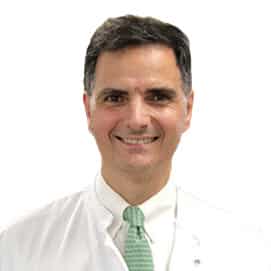Malignant tumors of the upper respiratory tract and digestive system are the sixth most common cancer in the world.
At the same time, histologically, in 90% cases, we are talking about squamous cell carcinoma, which is characterized by the fact that these tumors spread mainly through the lymphatic system (lymphogenic metastasis). The five-year survival rate for tumors localized in the larynx, depending on the location and size of the tumor, is 65-100%, in contrast to tumors localized in the pharynx - 15-60%.
The number of morbidity is influenced by geographical, economic, social and ethnic differences. Areas with high rates of new cases of laryngeal cancer are, for example, Uruguay, Poland, Connecticut, and Ohio. In contrast, Australia, Singapore and Syria have relatively low numbers of new infections. Considering the age of patients with the appearance of laryngeal cancer, its most frequent occurrence is traced between the ages of 65 and 69 years, with a significant male predominance. In Germany in 2008, about 3,600 men and about 500 women developed cancer of the larynx. With an amount of 0.8% of all malignant tumors of the upper respiratory and digestive tract, laryngeal cancer is one of the rarest malignant tumors of this localization.
The prognosis in patients with tumors in the upper respiratory and digestive tract directly depends on the degree of spread of cancer cells in the lymph nodes (lymphogenic metastasis). Despite therapeutic and prophylactic irradiation of the lymph drainage areas, 9% to 12% patients develop new tumors (relapses) in the cervical lymph nodes. This is often accompanied by the appearance of distant metastases and local recurrences.
Approximately 90% relapses or regional metastases occur during the first two years after the initial intervention. After a 5-year absence of a tumor in a group of patients with squamous cell carcinoma in the upper respiratory and digestive tract, it is often said to be cured.
The risk of developing secondary cancer in patients with malignant tumors of the head and neck region, according to the literature, is 10 -20%. Based on this relatively high risk, long-term follow-up of the patient should be carried out.
Head of the Clinic of Oncology, Hematology and Palliative Medicine
Head of the Clinic for Radiation Therapy and Radiological Oncology
Video
Request appointment
Useful links
Photo gallery











